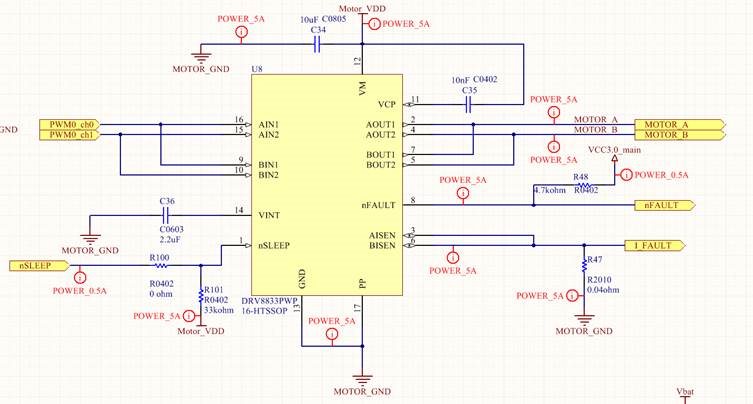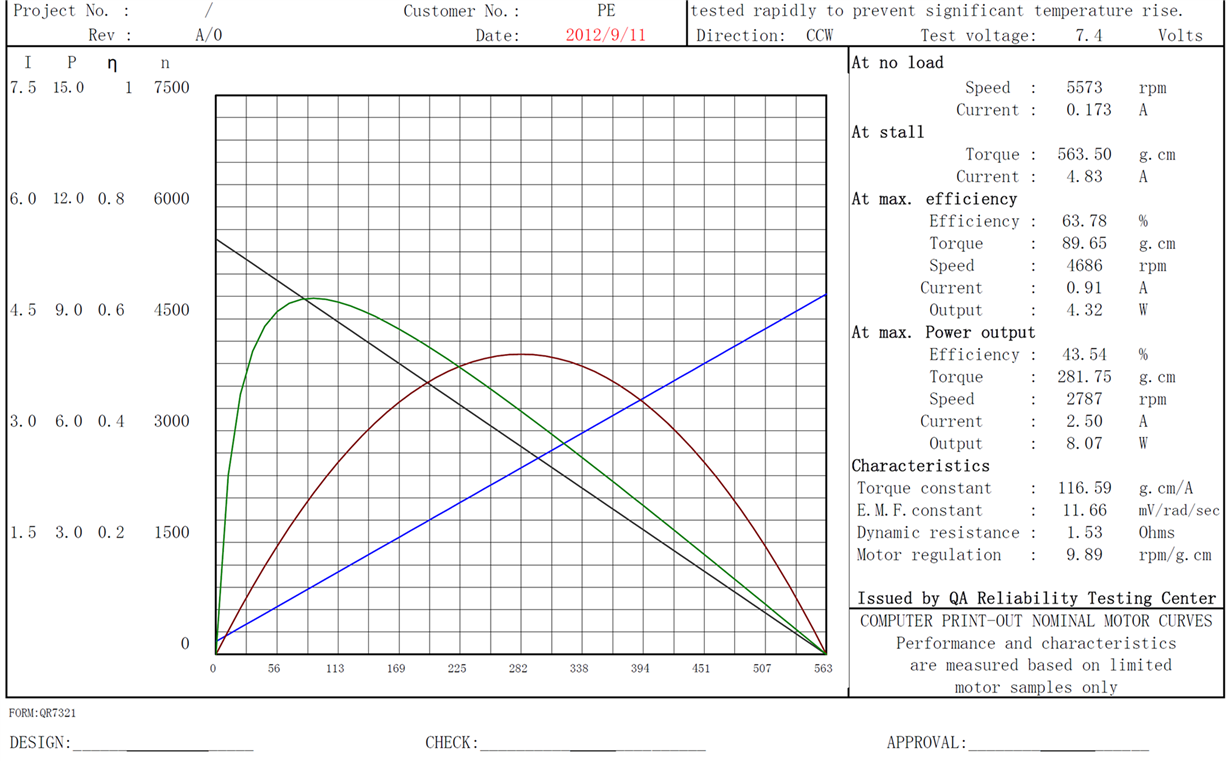We afraid that sometimes & somehow the driver can damage the motor, maybe at wrong configuration or operation.
Is there any case that the driver can self PWM out ?
Maybe can self wake up & PWM out ?
Attached schematic screen-capture :
Motor VDD = Battery voltage = 7.4v nominal
Input PWM directly from MCU
Output PWM directly to motor
R101 isn't assembled



